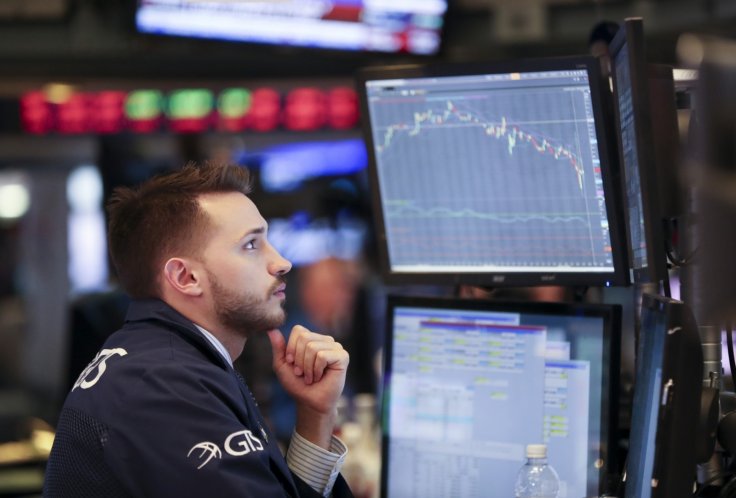US stock markets are falling like ninepins amid the worsening coronavirus crisis. In about a month's time, the US markets have fallen more than 25 percent. And the bottom is not seen yet. Investors fret that the markets would fall further as the coronavirus contagion is still an unfinished story. Some analysts are predicting that the US stock markets could potentially drop another 20 percent, wiping off several trillion dollars more of investor wealth. So, at what point will the market bottom out? Nobody knows for sure. That's why market watchers are talking about the 'Buffett Indicator'.
Best measure of stock market valuations
The Buffett Indicator is simply the stock market capitalization-to-GDP ratio. The theory, however, got prominence after investment wizard Warren Buffett said this ratio was probably the best single measure of stock market valuations at any given time. His theory was that when the ratio is skewed a market correction would follow inevitably.

Here's how Investopedia explains the the Stock Market Capitalization-to-GDP ratio: "The stock market capitalization-to-GDP ratio is a ratio used to determine whether an overall market is undervalued or overvalued compared to a historical average. The ratio can be used to focus on specific markets, such as the U.S. market, or it can be applied to the global market, depending on what values are used in the calculation. It is calculated simply by the stock market cap divided by gross domestic product."
The sharp fall in US markets

The equities bloodbath in the US is evident when the current levels are compared with the peak in mid-February. The Dow Jones Industrial Average peaked on February 12, hitting 29,551 points. On March 16 -- a little more than a month later -- the index stood at 21,600 points, which means it has lost some 8,000 points or 27 percent. On the other hand, the S&P 500 index was at 3,386 points on Feb. 19. It is now hovering around 2,500 points, a sharp fall of more than 25 percent.
Another nose-dive round the corner?
On Wednesday, US stock futures traded further lower in early Asian trade, suggesting another rout when markets open in the US. This was a reversal of Tuesday's scenario when President Dnald Trump reassured markers by announcing a trillion dollars worth of stimulus measures. US stocks made gains following the government measures, with the DJIA rising 5.2 percent and the S&P 500 index recording a 6 percent rise. However, this seems to be only a dead-cat bounce. "While markets react to positive news on stimulus, that doesn't last long. I think there are a lot of banks and investors whose balance sheet was badly hit and they will have lots of positions to sell," Barclays currency and rates strategist Shin-ichiro Kadota told Reuters.
How 'Buffett Indicator' predicted markets earlier

Warren Buffett had predicted a large correction in the markets ahead of the dot com bust of 2000. The Berkshire Hathaway CEO had said in 1999 that stock valuations were unreasonably high. His logic is that, if the country is not producing enough to substantiate the inflated stock valuations, a correction is bound to happen. The 'Oracle of Omaha; had made similar predictions before the 2008 credit crisis.
On both these occasions, the US stock market capitalisation was well ahead of the country's GDP. Before the dotcom bust the US market cap was 146 percent of the of GDP, while it was 137 percent of the GDP before the 2008 Financial Crisis. An analysis by CCN shows that the US stock capitalization was 146 percent as of Mar. 4. However, it must be noted that the capitalisation had come down significantly since the market rout in February.
Hence, as things stand, going by the Buffett Indicator, the US markets can expect another rout.








